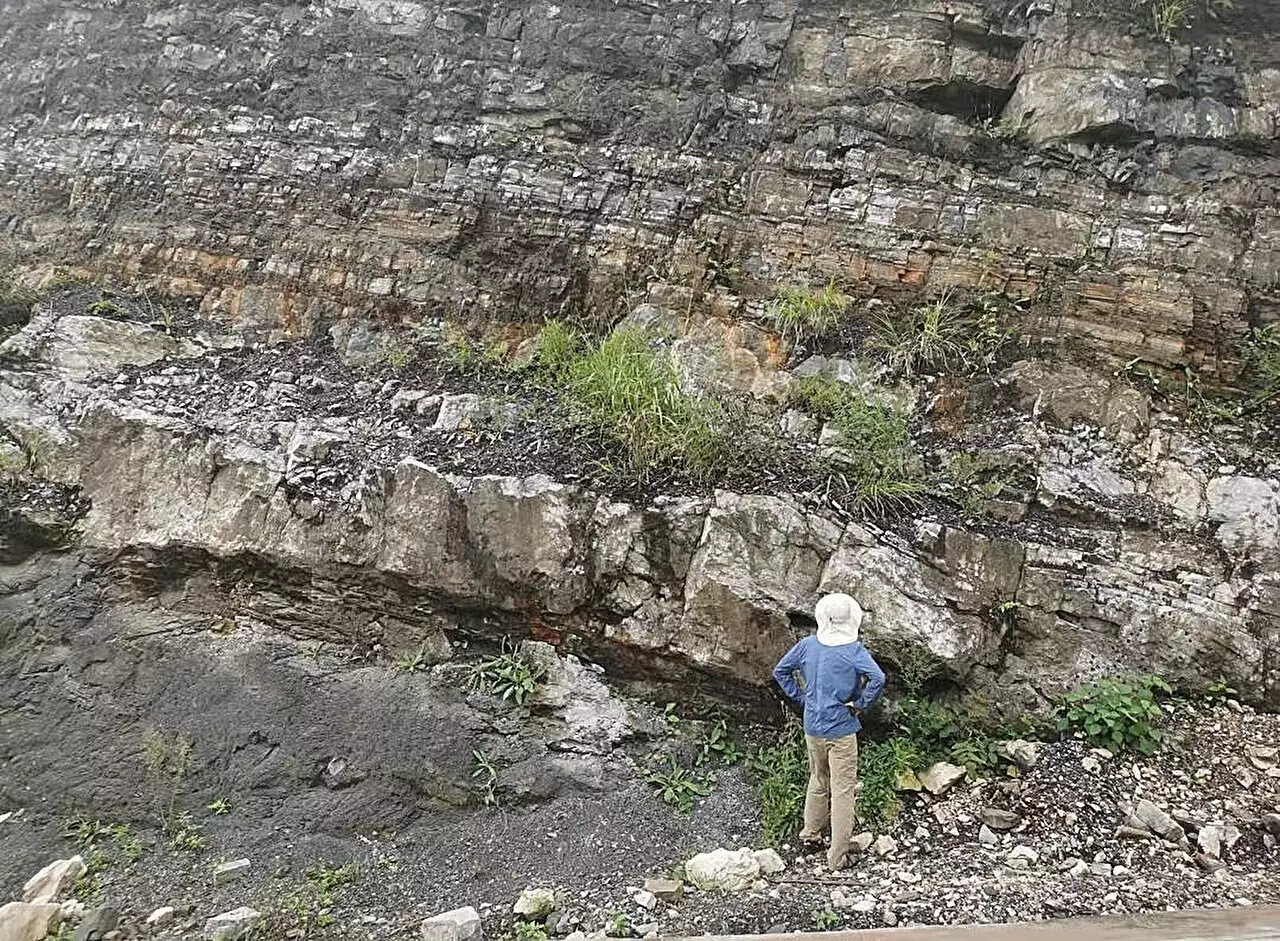Throughout Earth’s history, few climatic phenomena are as captivating and dramatic as the Snowball Earth events. These are periods when vast expanses of the planet were enveloped in ice, reaching thicknesses of about 1 kilometer. Such events, albeit infrequent in the geological timeline, have profound implications for our understanding of climatic and biological evolution. The transitions out of these icy episodes are shrouded in mystery, but recent research from the University of Washington sheds light on this fascinating chapter of Earth’s climatic history, particularly focusing on its most recent occurrence.
New investigations into geological formations known as “cap carbonates” offer critical insights into the nature of Earth’s atmosphere and oceans approximately 640 million years ago. These carbonate deposits are believed to have emerged during the melting phases of glacial ice after severe icy periods. Lead researcher Trent Thomas emphasizes their significance, stating that cap carbonates reveal essential information about historical atmospheric conditions, including fluctuations in carbon dioxide and oceanic pH levels. The research provides a nuanced understanding of how these environmental factors evolved during and after the glaciation, which ultimately led to the flourishing of life on our planet.
Cap carbonates exist as layered formations of limestone or dolomite, characterized by unique chemical compositions, and they appear in various global locales such as Namibia, Ireland, and Australia. They serve as geological markers, sitting atop glacial deposits and providing insight into climatic transitions following Snowball Earth. The formation of these carbonates is indicative of significant transformations in Earth’s carbon cycle during periods marked by dramatic climate shifts. As ice sheets receded, the subsequent release of trapped gas and alteration in ocean chemistry triggered a cascade of environmental changes.
Understanding the implications of these carbonates allows researchers to reconstruct ancient climatic conditions and delve into the broader narrative of Earth’s evolutionary history. The connection between these geological records and the adaptive responses of life forms to changing environments highlights the intricate relationship between geology and biology.
Prior to the Snowball Earth events, life on our planet was relatively simple, dominated by microbial organisms and basic aquatic life forms for over two billion years. This era, often referred to as the ‘boring billion,’ saw little diversification or complexity in life. However, following the two significant Snowball Earth occurrences, there was a remarkable surge in biodiversity, with the emergence of the first animals chronicled in the fossil record.
This evolutionary leap raises intriguing questions about causation and correlation. Researchers, including senior author David Catling, offer a framework that connects the environmental transformations of the last Snowball Earth with the subsequent rise of complex life. As ice melted and the oceans transitioned from frozen to a more temperate state, the resulting changes in nutrient availability, chemistry, and temperature of the oceans likely created a fertile ground for more complex life forms to evolve.
The new research meticulously models the changes across three critical phases of Snowball Earth, highlighting the interplay between ice coverage, ocean chemistry, and atmospheric conditions. At the peak of the glaciation, although much of the planet was shrouded in ice, pockets of open water facilitated limited gas exchange between the atmosphere and ocean. Over time, as trapped carbon dioxide accumulated in the atmosphere, it led to a greenhouse effect that eventually warmed the planet enough to melt the encasing ice.
This melting process initiated a series of cascading effects: freshwater from glacial melt began to disrupt the salinity gradient of the oceans, creating layered water bodies that impeded typical ocean circulation patterns. The eventual re-mixing of these layers, however, restored dynamic interactions between the surface and deeper ocean layers, setting the stage for significant ecological rejuvenation.
The research paints a comprehensive picture of how environmental shifts during the recovery from Snowball Earth potentially acted as a catalyst for biological evolution. Understanding how life uniquely adapted and diversified after such extreme climatic events informs current ecological studies and the resilience of life in the face of climate change.
Future inquiries will seek to ascertain how microscopic life forms that endured the extreme conditions might have laid the groundwork for the evolution of more complex, multicellular organisms. The legacy of Snowball Earth serves as a stark reminder of our planet’s capacity for drastic change and the enduring adaptability of life in the wake of such transformations.

